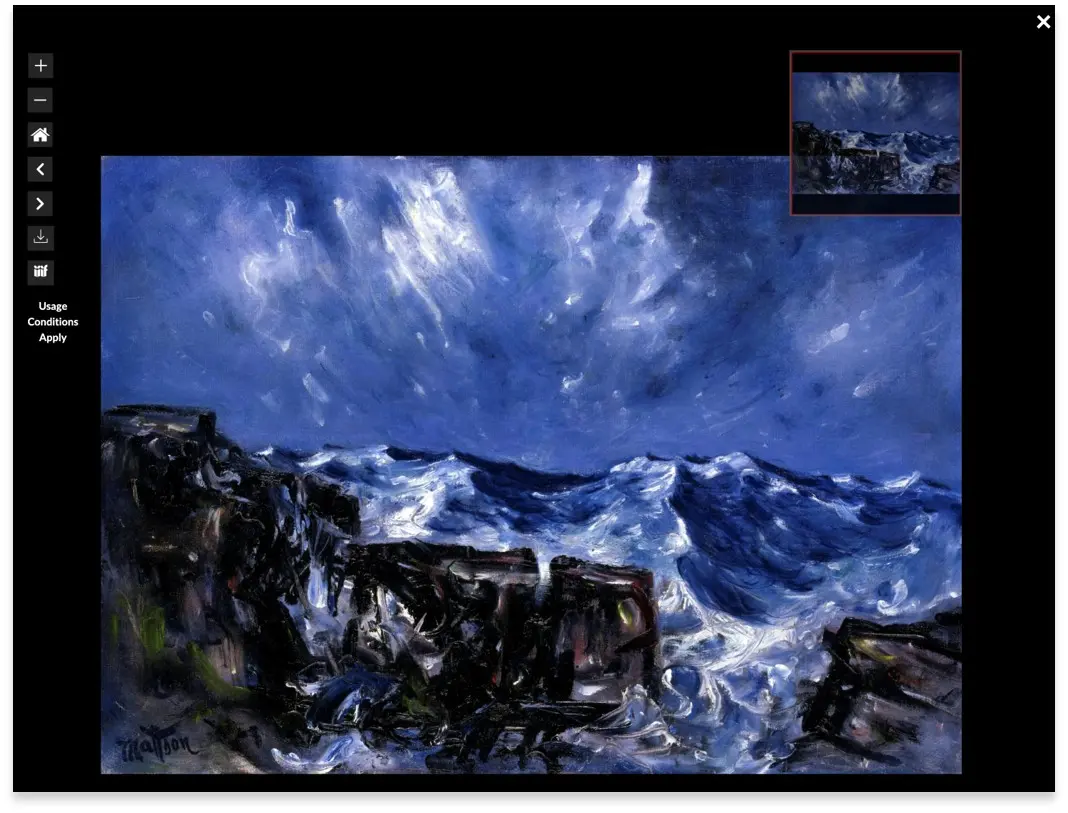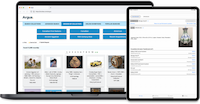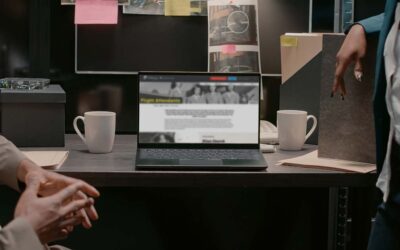Zooming Into Story Details:
How Museums Can Enhance Storytelling with Visual Tools

Rachael Cristine Woody
Putting museum collections online and making them viewable via the museum Collections Management System (CMS) is a great place to start for storytelling experimentation because most such software includes functionality to publish digital exhibits. While digital exhibits may not be as technically flashy as the digital storytelling platforms, they are a simple and readily available avenue for story publishing.
Before revealing how to leverage your CMS for storytelling structure, it is important to review CMS display tools and their potential deployment with popular material types.
Specifically, the CMS display tools of interest are:
- Zoom
- Slideshows and Flipbooks
- Audio-Visual Players
This post will focus on zoom tools.
Zooming into Story Details
Visual tools such as zoom are easy crowd pleasers when presenting any type of visual content. As technology improves and becomes more affordable, museums possess the tools necessary to deliver extraordinary images of the collection. With a high-resolution photograph or digital scan of an item, CMS functionality supports zooming in and out of images. For storytelling, these tools are often used to support “deep zoom” capability with advanced versions offering “hot spots” to display museum authored interpretation.
A typical zoom view will offer:
- The full image of an item
- A smaller representative image to indicate where the viewer is zoomed into
- Zoom in (+) / Zoom out (-)
- Reset to full image
- Download or Share
Deep zoom is possible when a high-resolution scan is made or an image is taken at such a large size that a zoom tool can amplify for view just a couple inches of the image.

“Blue Marine.” Source: Smithsonian American Art Museum, https://www.si.edu/object/blue-marine:saam_1981.187, accessed January 7, 2025. This image depicts the painting “Blue Marine” in a zoom tool. On the top-left side there are zoom in and out with a smaller thumbnail image at the top right so the visitor can see where they are zoomed into within the context of the larger painting.
How to Enhance Your Museum’s Stories with Visual Zoom
For storytelling, it’s not necessary to provide every image or even multiple images that relate to the story. Consider the following steps when constructing a story with zoom functionality:
- Select just a few salient images to publish with a zoom tool in order to help draw the viewer’s eye and encourage further engagement.
- Select images that offer a dramatic view and have several points of interest that can be further explored.
- If there isn’t already a high-resolution image available, photograph or scan the item at as high a resolution as possible in order to maximize the effect of the zoom tool.
- Include 3-5 points of interest in the image that can further elaborate on the story or offer a deeper understanding.
Reasons to Let Your Audience Zoom In
There are many benefits to offering zoom functionality and the ability to deep zoom.
- A zoom tool helps to draw the viewer’s eye.
- Zoom is an easy engagement mechanism and encourages the viewer to linger and learn more.
- The deep zoom capability (made possible with high resolution images) aids in attention capture as well as offers enhanced details as points of learning.
- If the function supports “hot spots” museum staff can offer additional information for several key areas of the image.
No Zoom Tool? No Problem
In the event the museum doesn’t have access to a CMS, or your current CMS doesn’t offer a zoom tool, don’t despair.
N.B. from Lucidea: Our Argus CMS offers zoom functionality along with several other storytelling features that Rachael will cover in her upcoming webinar (Register here!). Contact us to learn more about why museum professionals in organizations of all sizes and budgets have fallen in love with Argus.
If a full-featured CMS isn’t in the cards for now, there are several free to low-cost zoom tools available to use, many of them available via GitHub. For example: Cogapp’s Storiiies is one such tool. It can be used for free and hosted on Cogapp servers (for an unspecified amount of time), or, the open-source code is available for the museum to host. The code can be found via GitHub.
An Easy Win and Proven Crowd-Pleaser
Zoom functionality is one of the simpler tools available for visual display and yet, it retains a high “bang for the buck” factor when used for digital storytelling. In fact, professional storytelling platforms still center large visual displays and the use of deep zoom and hot spots as a primary vehicle for storytelling. So, if your CMS is the only tool available to you currently, it can still deliver user-expected story display. Allowing online audiences to zoom in to see details is an easy “win” for storytelling and serves as a genuine crowd-pleaser.

Rachael Cristine Woody
Curious about this topic? Please join us for the companion webinar, Collections Online as Storytelling Elements on February 26, 2025 at 11 a.m. Pacific, 2 p.m. Eastern. (Can’t make it? Register anyway and we will send you a link to the recording afterwards.) Register now or call 604-278-6717.
**Disclaimer: Any in-line promotional text does not imply Lucidea product endorsement by the author of this post.
Never miss another post. Subscribe today!
Similar Posts
An Introduction to Scrollytelling for Museums
Discover how museums use scrollytelling and digital storytelling platforms to create immersive narratives. This introduction explores key concepts and approaches to interactive storytelling.
Exploring Self-Determinate Multiple Pathways: An Example of Digital Storytelling
Discover how self-determinate multiple pathways offer flexible interactive storytelling in museum exhibits. Learn from the Tenement Museum’s ‘Your Story Our Story.’
Digital Museum Storytelling Example: A Look at Self-Determinate Linear Pathways
Self-determinate characteristics on a linear pathway go beyond brief sidebar topics and instead offer alternative ways to navigate the linear pathway.
Digital Storytelling in Museums: The Prescriptive Linear Pathway in Action
Rachael Woody emphasizes that storytelling is key to engaging audiences with collections. One effective approach? The prescriptive linear pathway—a simple yet powerful method for guiding visitors through digital exhibits.







Leave a Comment
Comments are reviewed and must adhere to our comments policy.
0 Comments